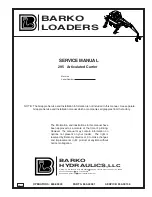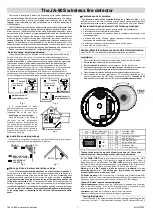
37
/
99
7.4 Video Trigger
The video signal includes the image and the time sequence information, it has multiple standards and
formats. UPO1000CS provides the basic measurement functions, which can be triggered in NTSC
(
National Television Standards Committee
)
, PAL (Phase Alternating Line) , SECAM
(
Sequential
Couleur A Memoire
)
.
(1) Video Format
a. PAL: The frame frequency is 25 frames per second, the TV scan line is 625 lines, the odd field
is in the front and the even field is in the rear.
b. NTAC: The field frequency is 60 fields per second, and the frame frequency is 30 frames per
second. The TV scan line is 525 lines. The even field is in the front and the odd field is in the
rear.
c.
SECAM
:
The frame frequency is 25 frames per second, the TV scan line is 625 lines,
interlaced scanning.
(2) Video Synchronization
a. Even field: Set to trigger and synchronize on the even field of the video signal.
b. Odd field: Set to trigger and synchronize on the odd field of the video signal.
c.
All lines: Set to trigger and synchronize on the line signal of the video signal.
d. Specified lines: Set to trigger and synchronize on the specified video lines. User can use the
Multipurpose knob to specify the line number, and the setting range is from 1 to 625
(PAL/SECAM), or from 1 to 525 (NTSC).
Note:
In order to observe the waveform details in the video signal, user can set the memory depth
a little bigger.
The UPO1000CS series utilize the UNI-T original digital 3D technology, it uses a multi-level
grayscale display function so that different brightness can reflect the frequency of different parts of
the signal. Experienced users can quickly judge the signal quality during the debugging process
and find the unusual conditions.
7.5 Slope Trigger
Slope trigger refers to triggering when the slope of signal rising or falling conforms to the set value. Slope
trigger menu can set the source, trigger coupling, trigger mode, slope (positive slope, negative slope),
condition, the lower limit/ upper limit of time, threshold, etc.
(1) Slope
a. Positive slope: Perform slope trigger by using the rising edge of the trigger signal.
b. Falling slope: Perform slope trigger by using the falling edge of the trigger signal.
















































